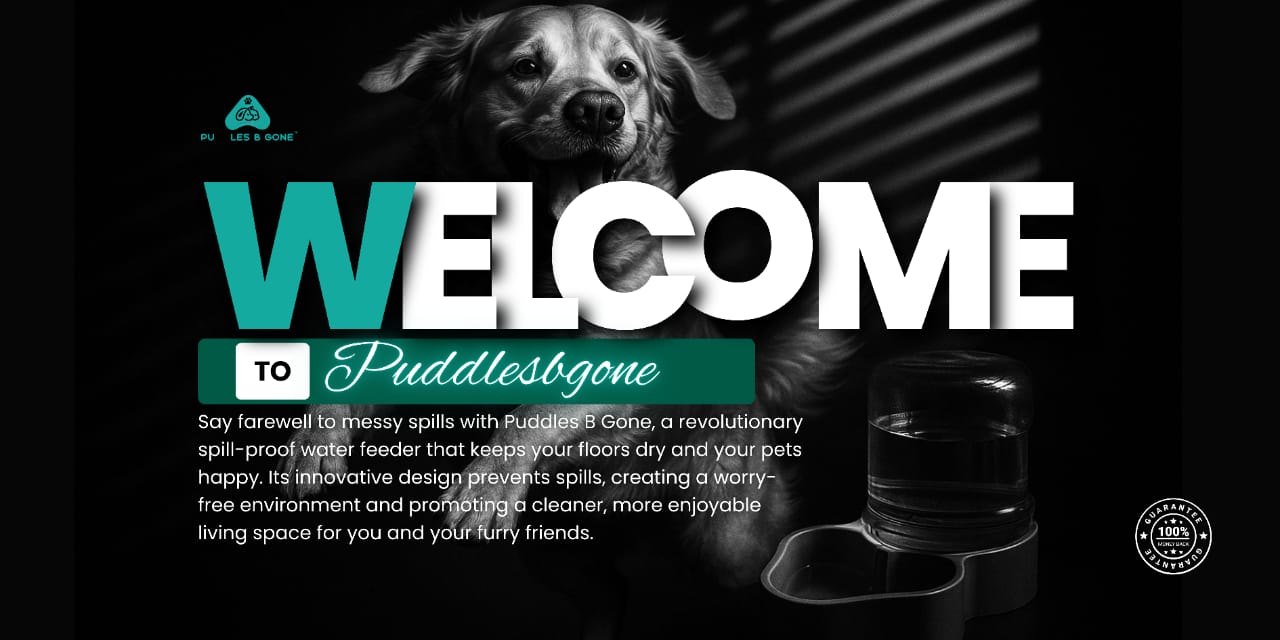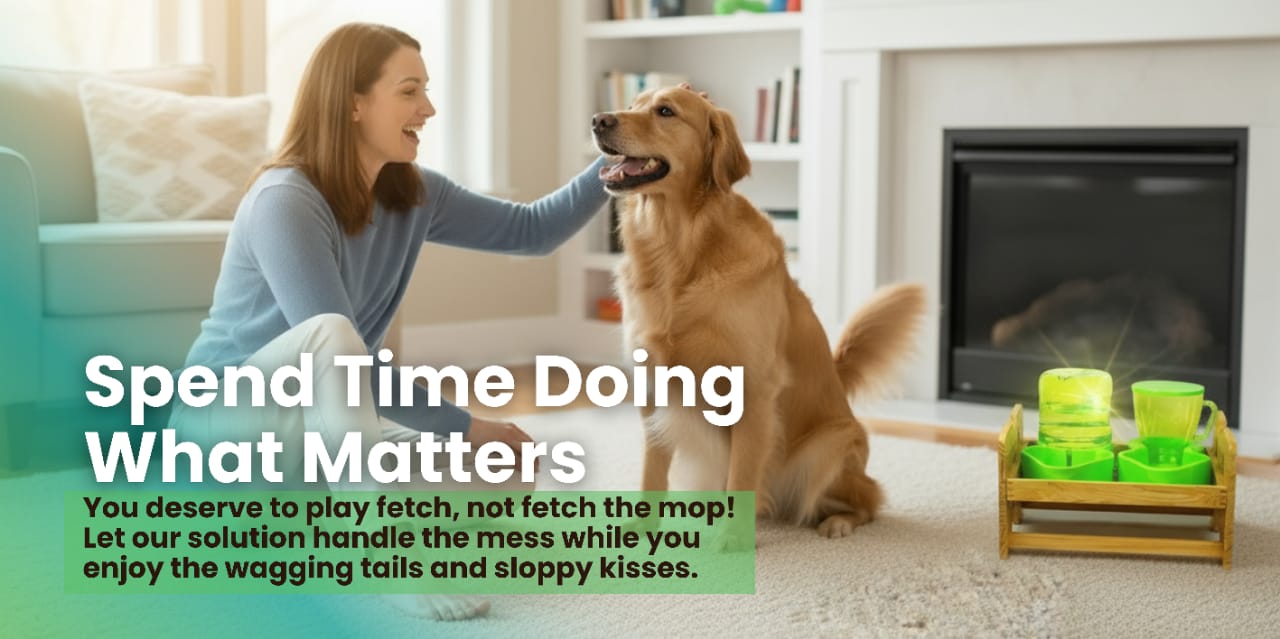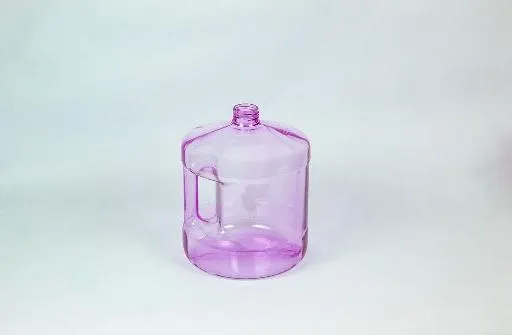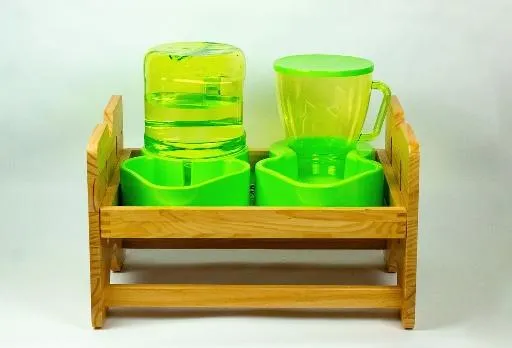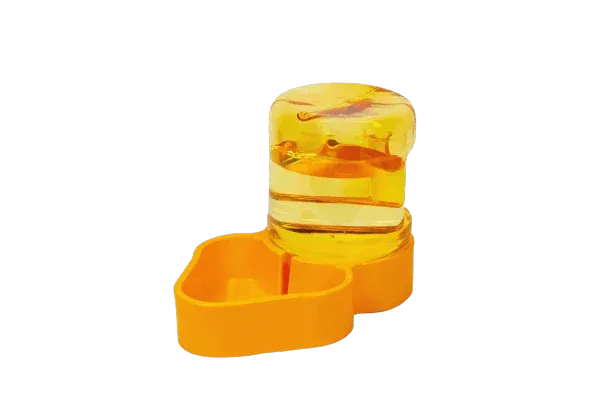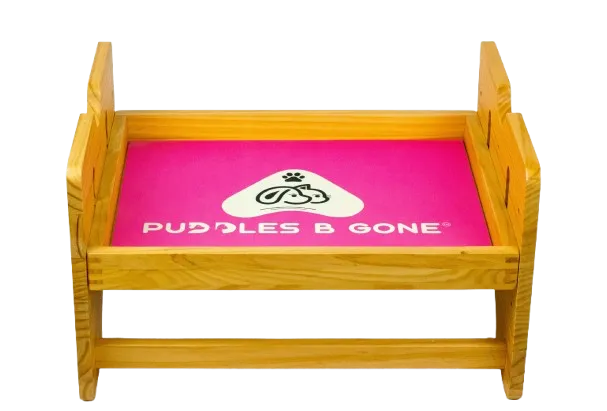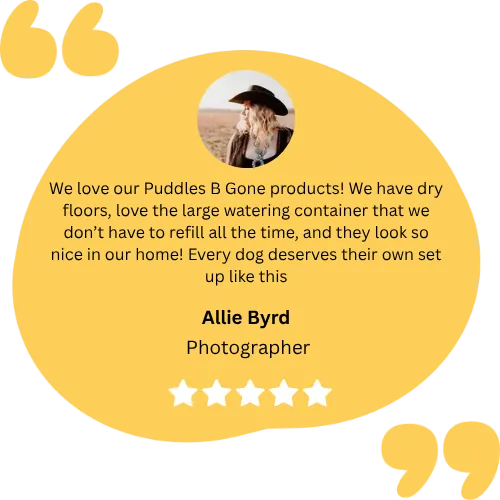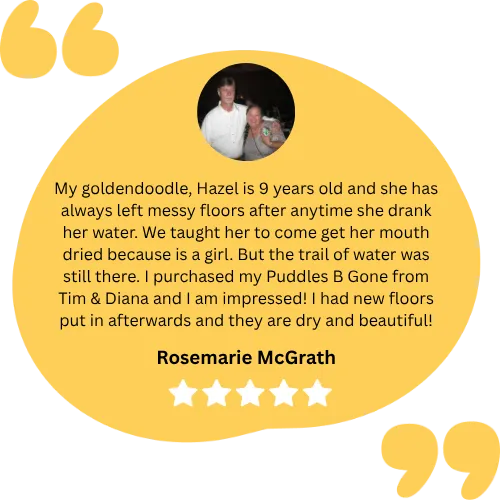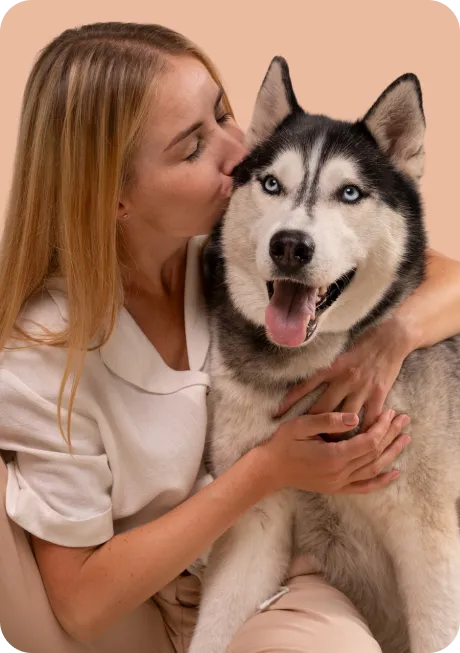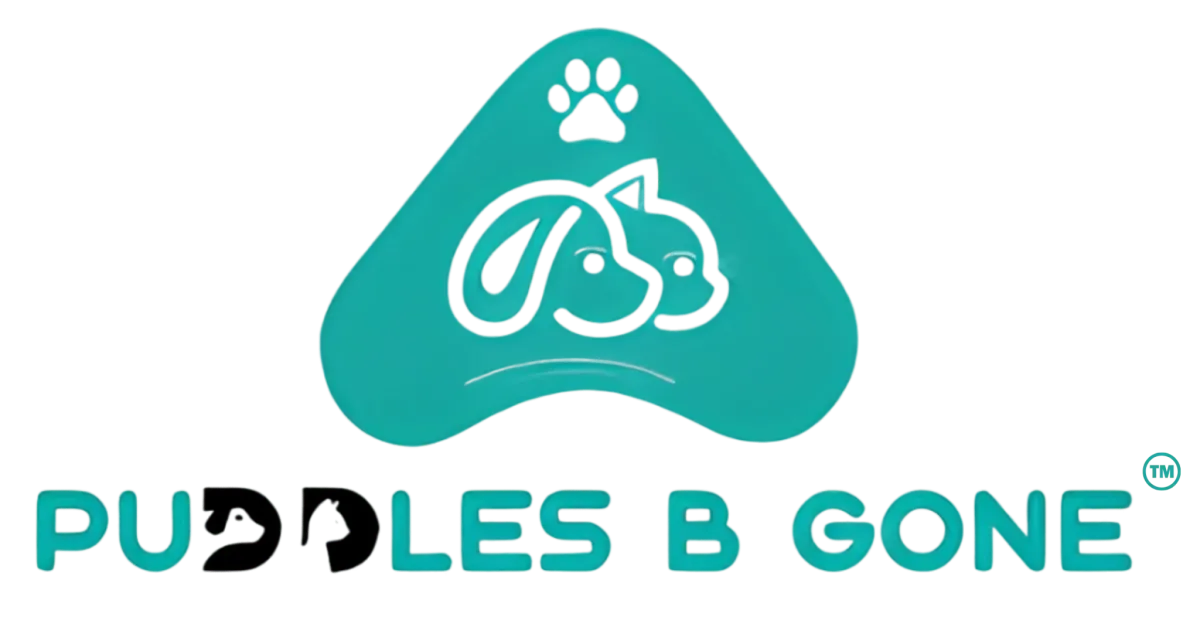
Welcome To
Puddles B Gone.
Say goodbye to messy spills - Puddles B Gone keeps your floors dry and your pets happy.
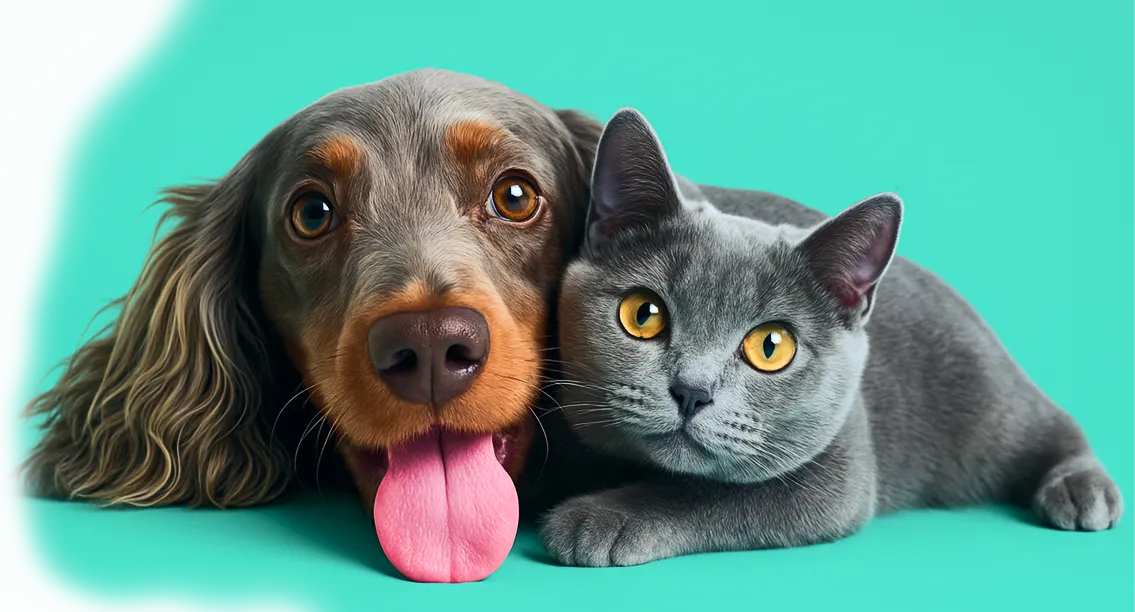
Welcome To
Puddles B Gone.
Say goodbye to messy spills - Puddles
B Gone keeps your floors dry and your pets happy.

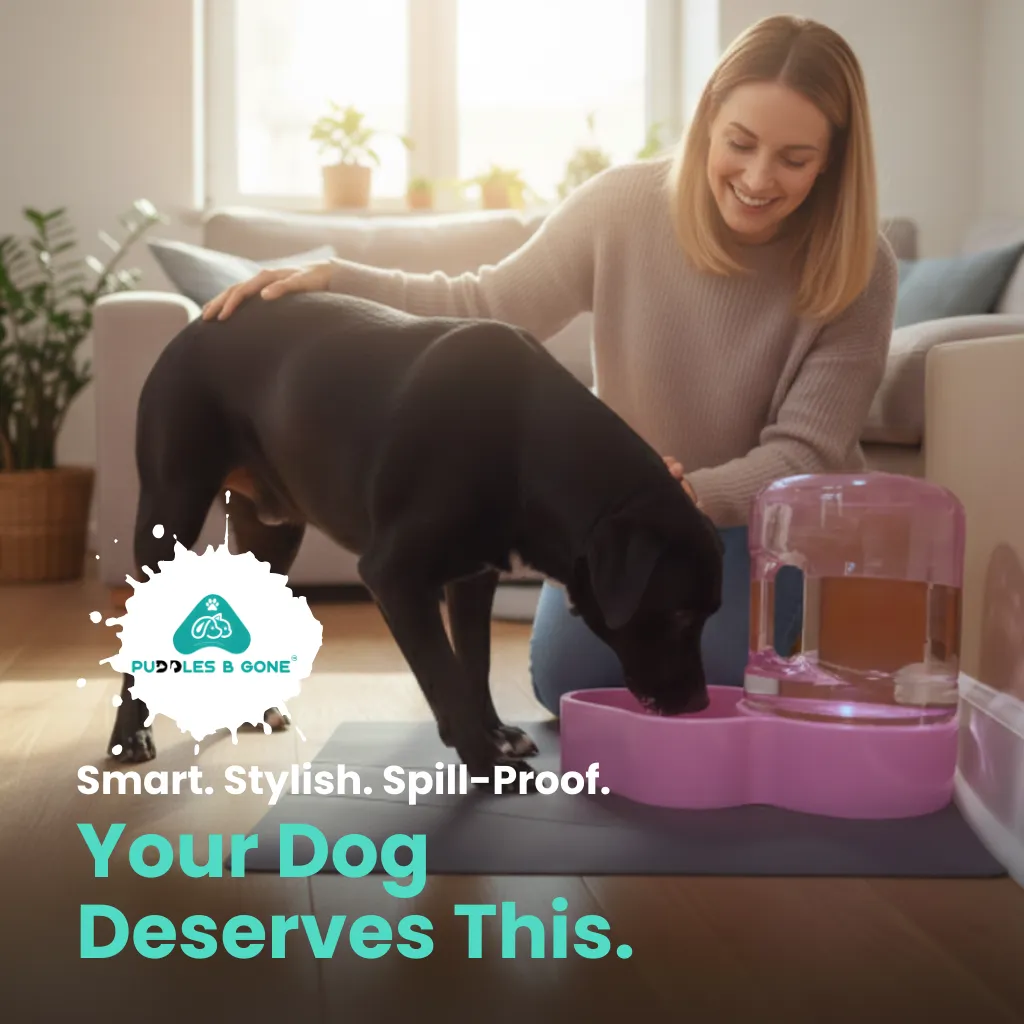
Spilled water bowls and messy feeding stations aren’t just annoying, they’re a constant battle.
Whether your pet splashes water while drinking or leaves trails afterward, keeping your floors dry can feel impossible.
That’s where Puddles B Gone comes in.
Our spill-proof Gravity Dispenser is here to save your sanity (and your floors). Designed to keep water where it belongs, in the bowl. This genius product makes life easier for you and healthier for your furry friends. Plus, you can clean the bowl without emptying the entire reservoir, making maintenance a breeze.
No more puddles, no more slippery accidents, and no more wasting time cleaning up messes. With Puddles B Gone, you get a stress-free solution that keeps your pets hydrated and your home mess-free.
You deserve a clean household and happy pets, without compromise.

Let's Face It

Spilled water bowls and messy feeding stations aren’t just annoying, they’re a constant battle.
Whether your pet splashes water while drinking or leaves trails afterward, keeping your floors dry can feel impossible.
That’s where Puddles B Gone comes in.
Our spill-proof Gravity Dispenser is here to save your sanity (and your floors).
Designed to keep water where it belongs, in the bowl. This genius product makes life easier for you and healthier for your furry friends. Plus, you can clean the bowl without emptying the entire reservoir, making maintenance a breeze.
No more puddles, no more slippery accidents, and no more wasting time cleaning up messes. With Puddles B Gone, you get a stress-free solution that keeps your pets hydrated and your home mess-free. You deserve a clean household and happy pets, without compromise.

About Us
Puddles B Gone stands out as a superior product due to its innovative design and commitment to solving a common pet owner problem—messy water spills.
Inspired by his experience with four dogs, Tim founded the company to develop a gravity waterer that effectively keeps floors dry and pets happy. With its patented technology and high-quality construction, Puddles B Gone has quickly become a favorite among pet owners. The company’s mission is to make homes safer and drier, offering durable and well-made products that enhance the lives of pets and their owners.
What truly sets Puddles B Gone apart is its unwavering commitment to quality and customer satisfaction. Every product is crafted with durability and functionality in mind, ensuring that pet owners get the best value for their investment. The company operates on core values of honesty, integrity, and excellent customer service, treating every customer with the respect and transparency they deserve.
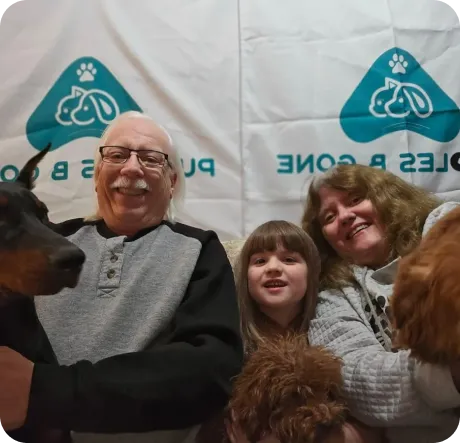

About Us

Puddles B Gone stands out as a superior product due to its innovative design and commitment to solving a common pet owner problem—messy water spills.
Inspired by his experience with four dogs, Tim founded the company to develop a gravity waterer that effectively keeps floors dry and pets happy. With its patented technology and high-quality construction, Puddles B Gone has quickly become a favorite among pet owners. The company’s mission is to make homes safer and drier, offering durable and well-made products that enhance the lives of pets and their owners.
What truly sets Puddles B Gone apart is its unwavering commitment to quality and customer satisfaction. Every product is crafted with durability and functionality in mind, ensuring that pet owners get the best value for their investment. The company operates on core values of honesty, integrity, and excellent customer service, treating every customer with the respect and transparency they deserve.

Our Products
Purrfect Living, One Critter At A Time
Why Choose US

Why Choose US
Testimonials
Testimonials

Frequently Asked Questions
We’re excited to announce that Critter Clean-Up Crew, a dedicated team known for their exceptional pet
care and cleaning services, proudly supports Puddles-B-Gone. As experts in maintaining clean and safe
environments for pets, the Critter Clean-Up Crew understands the importance of products that enhance
the quality of life for both pets and their owners.
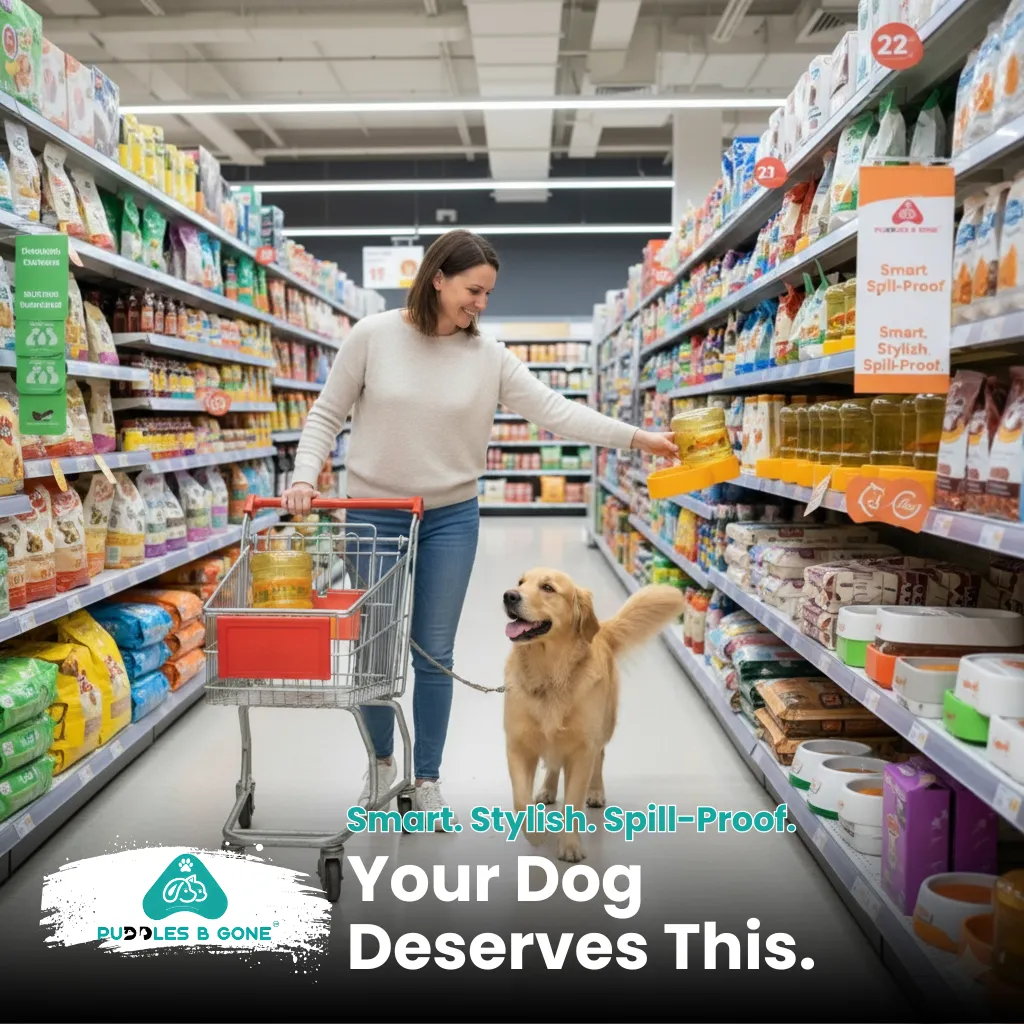
What is Puddles-B-Gone?
Puddles-B-Gone is an innovative water dispenser designed to prevent spills and keep your floors dry while providing a reliable source of hydration for your pets
How does Puddles-B-Gone prevent spills?
Puddles-B-Gone features a spill-proof design that keeps water securely contained, even when pets are playful or curious, ensuring that every drop stays in the dispenser.
Is Puddles-B-Gone easy to clean?
Yes, Puddles-B-Gone is designed for easy cleaning. The components are simple to disassemble, clean, and reassemble, making maintenance quick and hassle-free.
What materials is Puddles-B-Gone made from?
Puddles-B-Gone is made from high-quality, durable materials that are safe for pets and built to withstand daily use in an active household.
Can Puddles-B-Gone be used for all types of pets?
Absolutely! Puddles-B-Gone is versatile enough to be used by dogs, cats, and other small animals, accommodating a range of pet sizes and drinking habits.
Does Puddles-B-Gone come in different colors?
Yes, Puddles-B-Gone is available in several stylish colors, including blue, pink, green, orange, and purple, so you can choose the one that best matches your home decor. Go beyond a uniform look and create a visually stunning and engaging category page that reflects the distinct character of each product group.

Frequently Asked Questions
We’re excited to announce that Critter Clean-Up Crew, a dedicated team known for their exceptional pet care and cleaning services, proudly supports Puddles-B-Gone. As experts in maintaining clean and safe environments for pets, the Critter Clean-Up Crew understands the importance of products that enhance
the quality of life for both pets and their owners.

What is Puddles-B-Gone?
Puddles-B-Gone is an innovative water dispenser designed to prevent spills and keep your floors dry while providing a reliable source of hydration for your pets
How does Puddles-B-Gone prevent spills?
Puddles-B-Gone features a spill-proof design that keeps water securely contained, even when pets are playful or curious, ensuring that every drop stays in the dispenser.
Is Puddles-B-Gone easy to clean?
Yes, Puddles-B-Gone is designed for easy cleaning. The components are simple to disassemble, clean, and reassemble, making maintenance quick and hassle-free.
What materials is Puddles-B-Gone made from?
Puddles-B-Gone is made from high-quality, durable materials that are safe for pets and built to withstand daily use in an active household.
Can Puddles-B-Gone be used for all types of pets?
Absolutely! Puddles-B-Gone is versatile enough to be used by dogs, cats, and other small animals, accommodating a range of pet sizes and drinking habits.
Does Puddles-B-Gone come in different colors?
Yes, Puddles-B-Gone is available in several stylish colors, including blue, pink, green, orange, and purple, so you can choose the one that best matches your home decor. Go beyond a uniform look and create a visually stunning and engaging category page that reflects the distinct character of each product group.

Meet The CEO
Tim Miller
Innovative Design Engineer
The Miller family, comprising Tim, Diane, and their
granddaughter Kaylyn, resides in Central Indiana. After
adopting Kaylyn at the tender age of 16 months, they
integrated her into their dynamic and vibrant
household. Tim, a distinguished veteran with an
impressive 28-year tenure at Chrysler Corp.
encountered a persistent challenge in maintaining a dry
and clean living environment due to the presence of
four large dogs, two cats, and their propensity to
transform the home into a veritable aquatic playground.
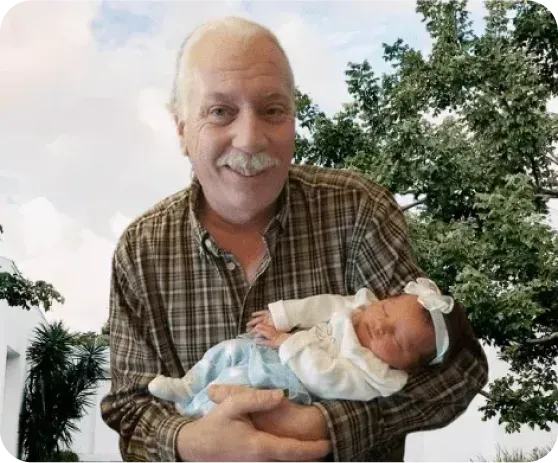

Meet The CEO

Tim Miller
Innovative Design Engineer
The Miller family, comprising Tim, Diane, and their granddaughter Kaylyn, resides in Central Indiana. After adopting Kaylyn at the tender age of 16 months, they
integrated her into their dynamic and vibrant
household. Tim, a distinguished veteran with an impressive 28-year tenure at Chrysler Corp. encountered a persistent challenge in maintaining a dry and clean living environment due to the presence of
four large dogs, two cats, and their propensity to transform the home into a veritable aquatic playground.

FeedBack Board
Share Your Thoughts On How To Improve!
We highly value your insights on our designs and concepts. Your feedback helps us fine-tune our offerings
to better serve your needs and create products that resonate with you. Whether it’s functionality, style, or
usability, your input guides us in making improvements that matter.

FeedBack Board
Share Your Thoughts On How To Improve!
We highly value your insights on our designs and concepts. Your feedback helps us fine-tune our offerings to better serve your needs and create products that resonate with you. Whether it’s functionality, style, or usability, your input guides us in making improvements that matter.


Subscribe our newsletter
Register below and get a 25% discount code emailed to you! You can use it right away! Get on the
latest news, updates, webinars and discounts!



